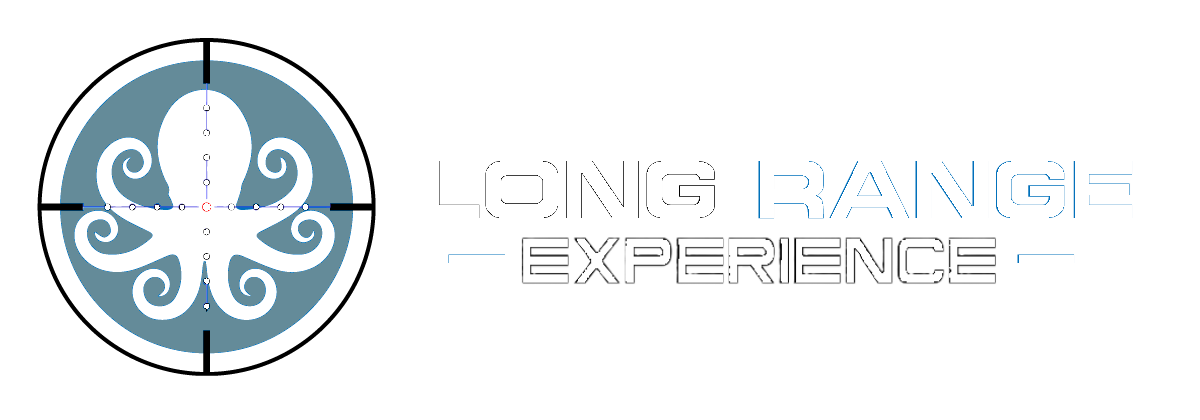Short Reminder
Before going any further we remind you that playing with DC current can result in the loss of your purchased electronics and that if you decide to follow this tutorial it is at your own risks. This project does not intend to sell end product to customer but instead to propose a Do.It.Yourself concept allowing you to understand and to know how to fix your hardware when required. You are free to buy all parts by your own means the result will be exactly the same if you purchased the right parts. The shop in the Bulding Material section is here to give you a quick answer to the parts and 3D Print elements you need.
The software is available for download in the Download section. Only the last vX.stable code is shared but Patreons & Partners have a direct access to nightly builds and last up-to-date release of the software.
Bill of Materials
- 1 toggle switch rocker
- 1 TP4056 5V 1A Micro USB Input Interface 18650
- 1 LoRa V1.3 ESP32 SX1276 868/915Mhz LoRa (EU)
- 1 MPU6050 3 Axis Analog Gyro Sensors
- 1 Metal Push Button Switch
- 1 battery 1100mAh 3.7V Polymer Lithium Rechargeable
- 1 set of pre-cut wires
- 1 set of screw + bolts
- 1 3DPrinted TOP plate
- 1 3DPrinted MIDDLE plate
- 1 3DPrinted bottom plate
- 1 hot glue stick and gun
- 1 high DBi antenna (TBS immortal SMA)
Before you start
- Be sure to use a good and clean soldering iron with proper tin/lead ratio. If you go too cheap with bad or inadequate iron tip you will get rough solders which will instantly break at impact !
- A good solder mix is made of the following elements and MUST contain LEAD to melt multiple times
- In case you need a new Iron we recommand a very slim tip like the ones from TS100 series which are good value for the price.
- A third hand can also help during the soldering process to let you apply your tin and solder at the same time without having to bother with the cards/wires moving around
Soldering TIPS
STEP-1: 3D Prints
- All 3D prints are made out of PTEG filament with a high level of density (60% to 80%) which means that it often requires more than 30 hours for a print to finish. There is a balance between rigidity and flexibilty that allows the device to endure high-power blasts over a long period of time.
- Find hereafter the current configuration for Ultimate Maker CURA
[general]
version = 4
name = TPU Ender
definition = creality_base
[metadata]
type = quality_changes
quality_type = standard
intent_category = default
position = 0
setting_version = 19
[values]
adhesion_type = skirt
material_bed_temperature = 85.0
speed_slowdown_layers = 5
support_enable = True
infill_pattern = cubic
infill_sparse_density = 60.0
material_flow = 120.0
material_print_temperature = 210.0
retraction_amount = 5.5
retraction_speed = 25.0
speed_layer_0 = 5.0
speed_print = 20.0
- All 3D models are available here if you want to print them directly or here if you want to buy them from us
- If you decide to print you need at least 65m of filament (+-200g) and it takes approximately 30 hours to render.
- We invite you to place the STL like below for a better finish

Cleaning Prints and prepping
- Remove the supportive layers from the 3D Models
- Mark the top of all 3 plates
- Prepare your electronics
STEP-2: Soldering
- Follow a counter-clockwise approach starting by the top left corner of the card and regularly check the overall design with the following schema.
- Keep in mind that the TTGO has two side and that the GPIO numbers need to match the schematic provided
- We use GPIO numbers to map all sensors with the software therefore a faulty soldering may result in an instable system.
- If you have double checked the soldering and the TTGO always reboot it may be that you do not have the right version of the card and that the mapping is different.
- If you are not able to solder it properly some pre-built package will be availble for sale pretty soon.

STEP-3: Final Assembly
- Now that we got separete elements lets assemble them together

